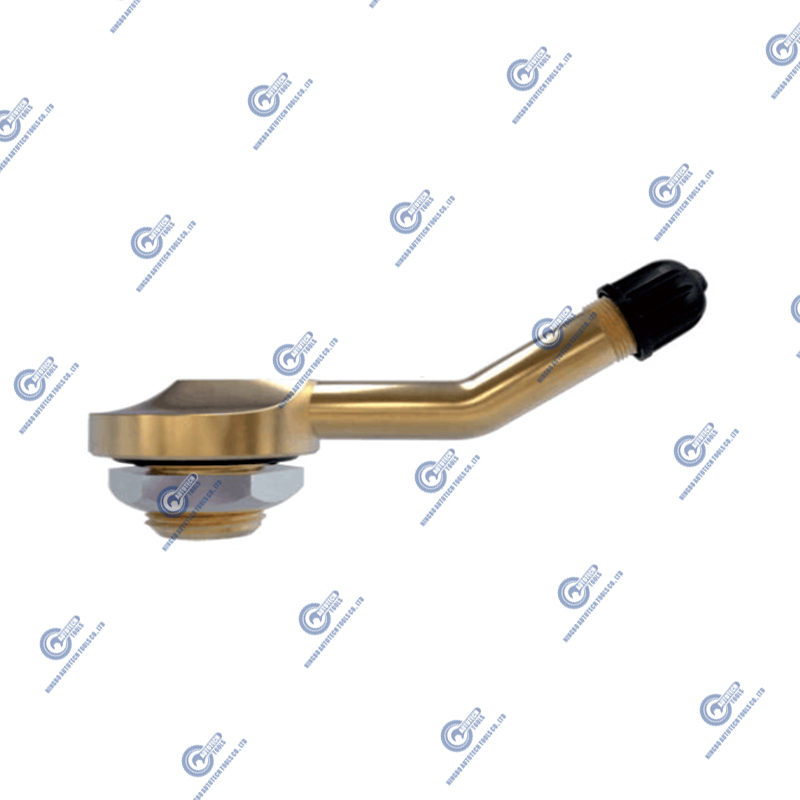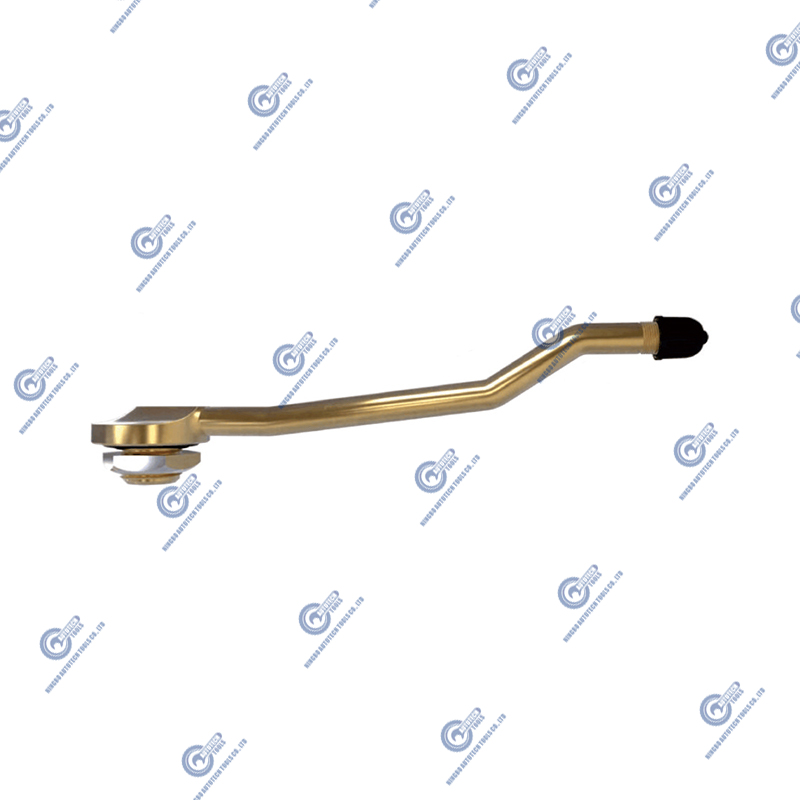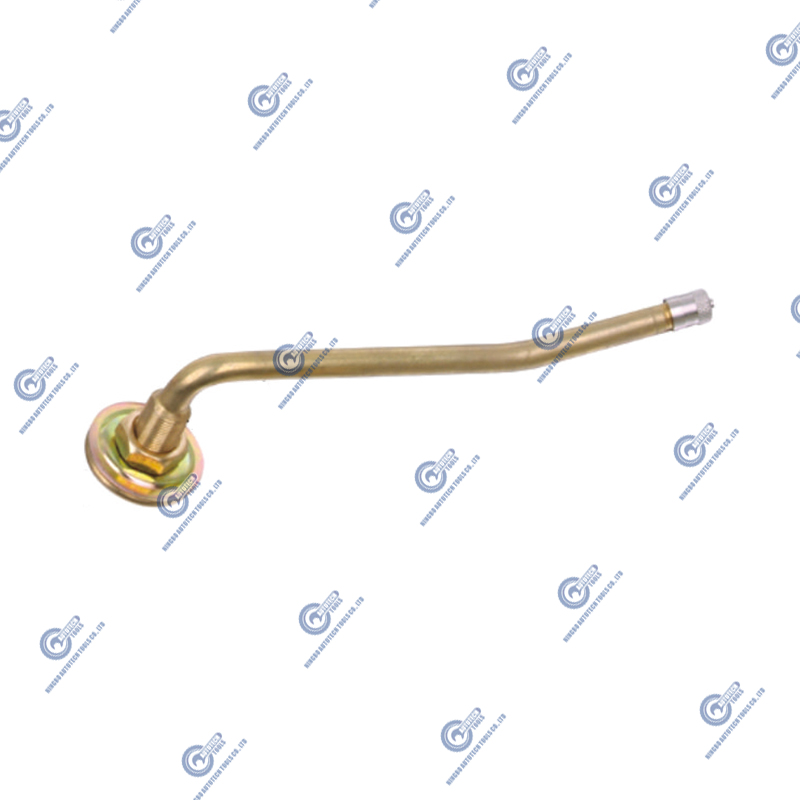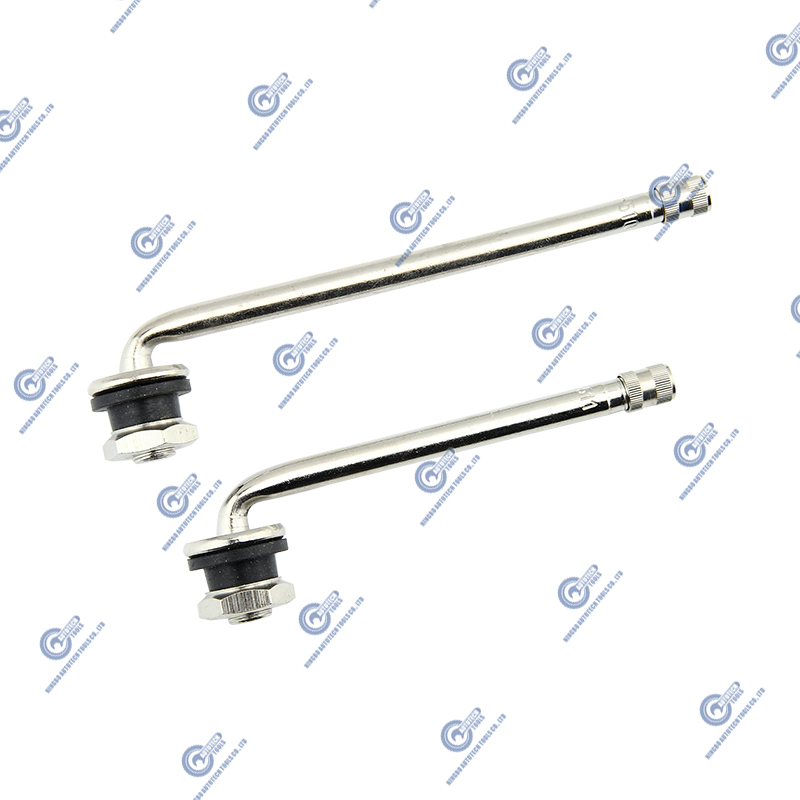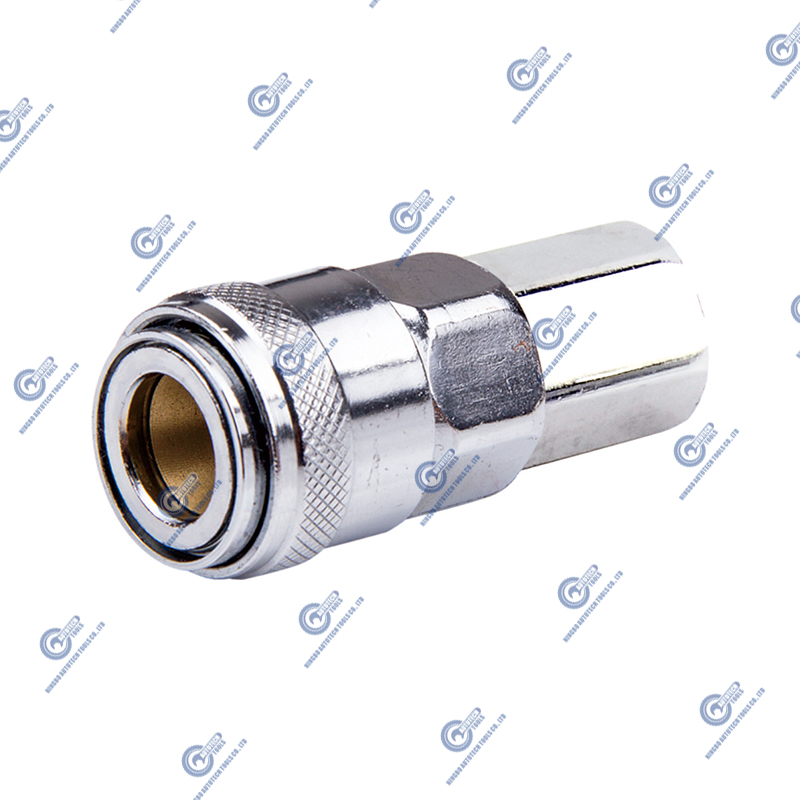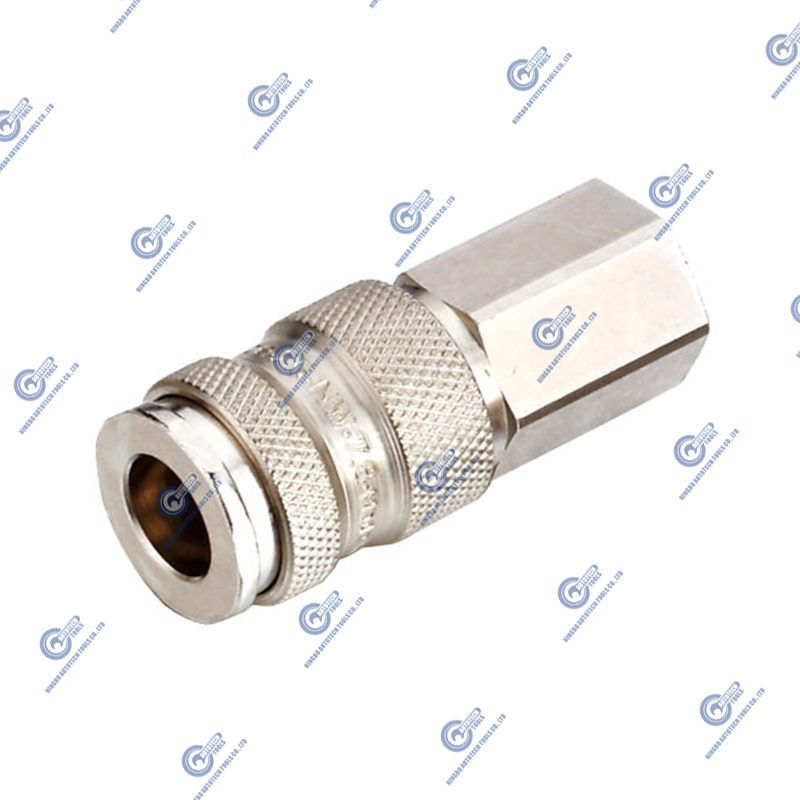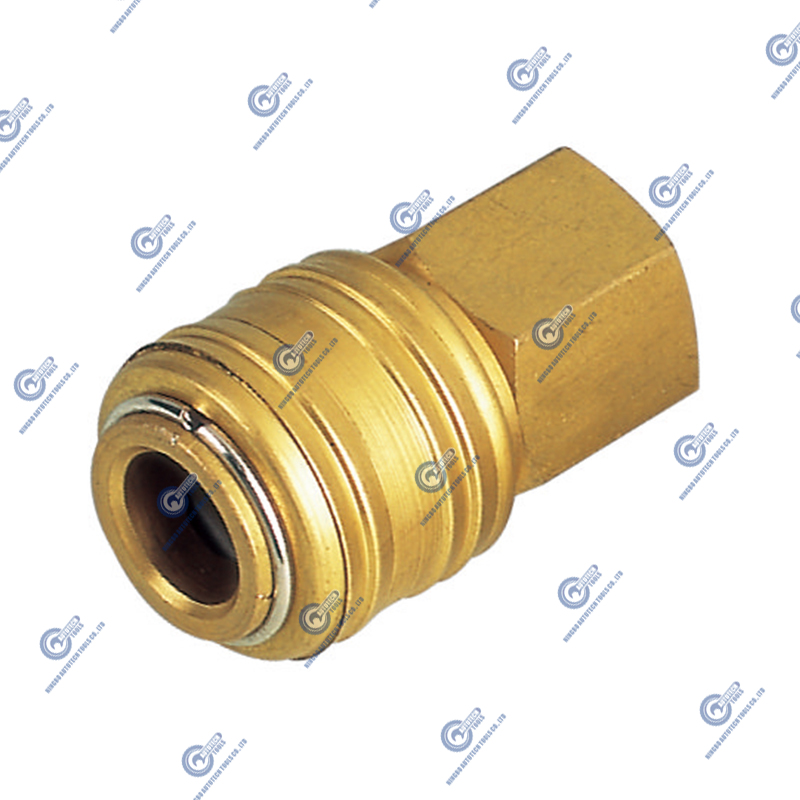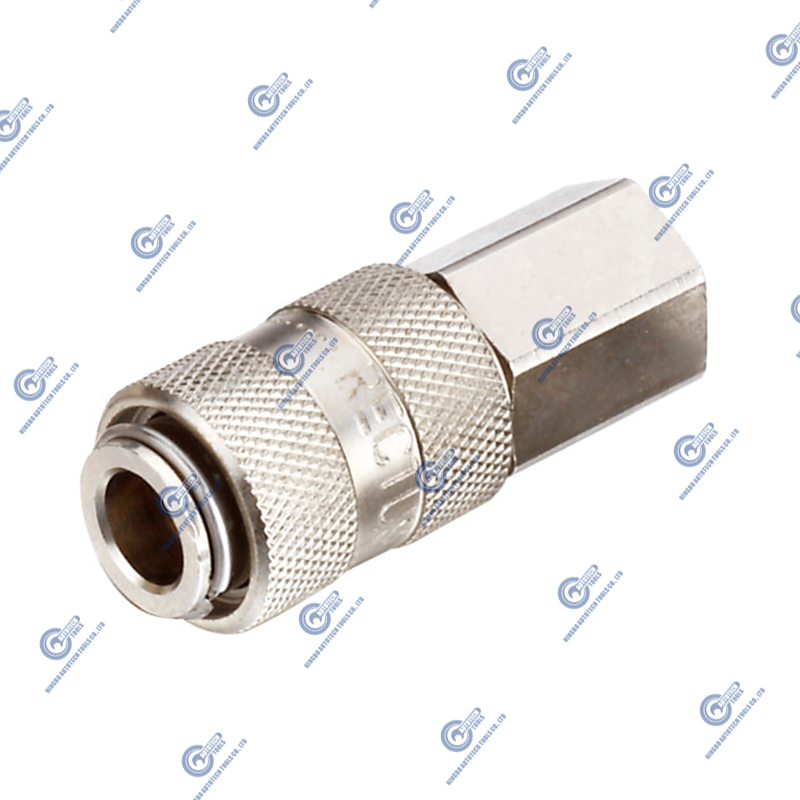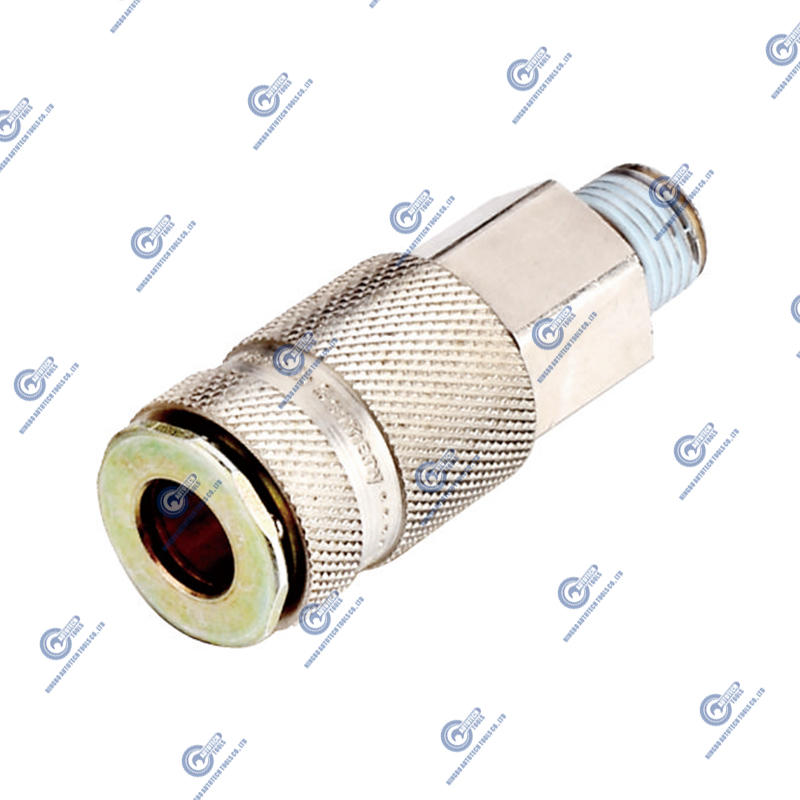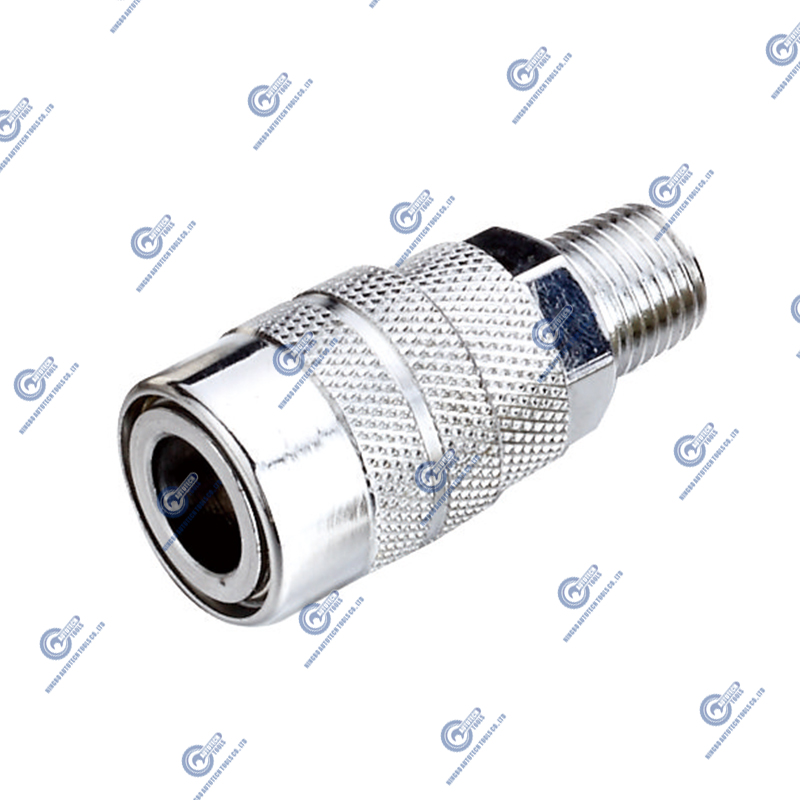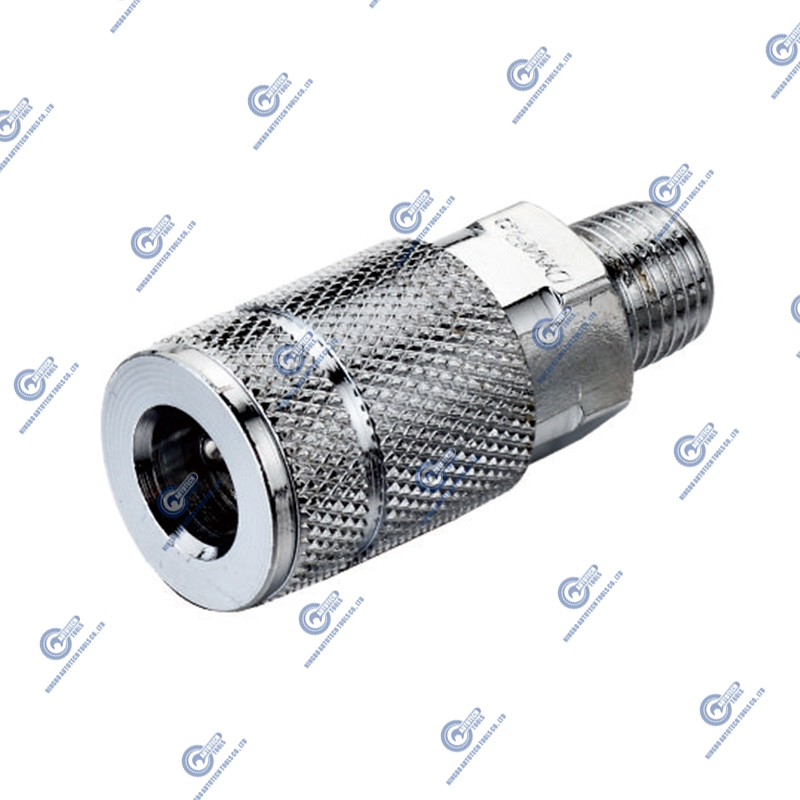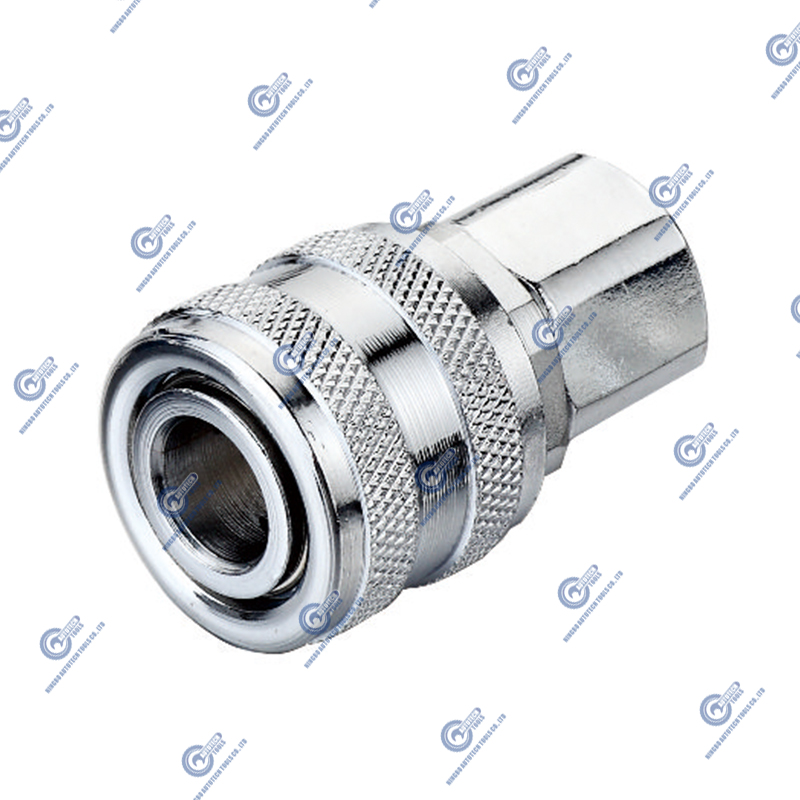Air Hose & Fitting Common Faults and Quick Troubleshooting Methods
 2025.07.14
2025.07.14
 Industry news
Industry news
1. Common faults and troubleshooting methods of Air Hose
Tracheal leakage
Tracheal leakage is one of the most common faults, which is often caused by aging of the tracheal material, external mechanical damage or poor sealing of the joint. As the trachea is used for a longer time, the rubber or plastic material will harden, crack or even break, resulting in leakage points. The trachea is scratched or compressed by sharp objects, which will also form tiny cracks and cause leakage. Leakage not only wastes compressed air resources and reduces system efficiency, but may also cause safety hazards, such as unstable air pressure or even equipment failure.
To eliminate leakage faults, the appearance of the trachea should be checked regularly, with special attention to the bends and connection ports. If cracks or damage are found, they should be replaced in time. In the case of minor damage, special sealing tape for trachea can be used to temporarily wrap it to delay deterioration. For the connection port, it is necessary to ensure that the sealing ring is intact. If it is aged or deformed, be sure to replace the sealing ring. At the same time, avoid excessive stretching or strong bending of the trachea during installation to reduce the risk of mechanical damage. Good maintenance habits and timely replacement of old trachea are the key to preventing leakage.
Insufficient air pressure
Insufficient air pressure usually manifests as insufficient air supply to the equipment, slow movement of pneumatic tools or machinery, and affected production efficiency. There are many reasons for insufficient air pressure, including blockage inside the air pipe, excessive bending leading to airflow obstruction, and insufficient pressure or abnormal pressure fluctuation of the air source itself. Dust, oil or impurities accumulated inside the air pipe will gradually reduce the inner diameter, restrict the passage of air flow, and in severe cases, the equipment will not work properly. Bending the air pipe is similar to the bend in the water pipe, forming a flow bottleneck and reducing the air pressure output. If the air source equipment such as the compressor is not properly maintained, insufficient pressure or unstable pressure will also affect the entire system.
The quick elimination method is to first check the layout of the air pipe to confirm whether there is folding or flattening to avoid artificial obstruction of air flow. Secondly, disassemble the air pipe and check the cleanliness of the inner cavity. If necessary, clean or replace the air pipe. Check the compressor or air source device to confirm that its output pressure meets the requirements of the pneumatic equipment, and perform regular maintenance to ensure its stable performance. Through these steps of troubleshooting, the air pressure can be effectively restored to ensure the normal operation of the pneumatic system.
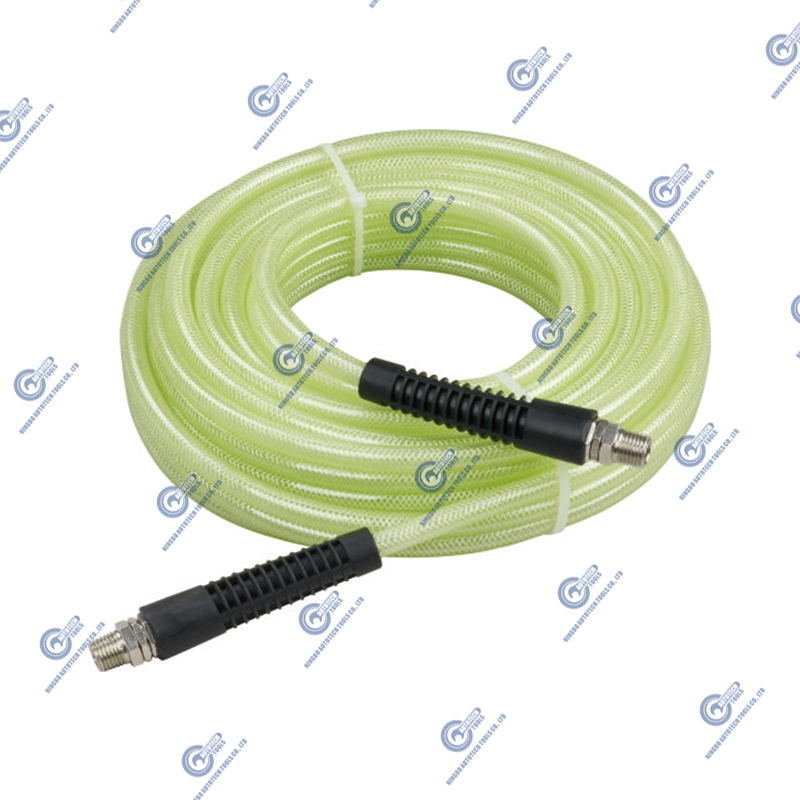
Aging and hardening of air pipes
Aging of air pipe materials is an inevitable phenomenon during use, especially in high temperature, humidity, and chemical environments. Over time, the molecular structure of rubber or plastic air pipes changes, which manifests as hardening of the air pipe, weakened elasticity, and surface cracking. Hardened air pipes are more likely to crack or break during use, and their compressive performance decreases. They cannot withstand normal air pressure, which can easily cause air leaks and safety accidents. Aged air pipes feel stiff and are not easy to bend, which increases the difficulty of installation and maintenance.
In order to delay the aging of air pipes, high temperature and corrosion-resistant air pipe materials should be selected, such as special materials such as polyurethane and fluororubber, and the specifications should be reasonably selected according to the use environment. Check the status of the air pipe regularly, and replace it in time if hardening or deformation is found to avoid affecting the safety and performance of the air path. When storing air pipes, they should be kept away from light, high temperature, and contact with grease substances to extend their service life. Reasonable maintenance and scientific material selection are key measures to ensure the long-term and stable operation of air pipes.
2. Common fitting faults and troubleshooting methods
Loose joints and air leakage
Loose joints and air leakage are common in cases where the pneumatic system is improperly maintained or installed in an irregular manner. The air pipe and the joint are connected by threads or quick joints. If they are not tightened in place during installation, or the connection is loose due to vibration or mechanical impact, air leakage will occur. Aging, wear and even rupture of the sealing ring are also one of the main causes of air leakage. Leakage not only wastes air resources, but also causes insufficient air pressure, affecting the normal operation of the equipment.
To eliminate such faults, the joint should be tightened with a suitable wrench, and be careful to avoid over-tightening to prevent thread damage. Disassemble the joint and check the internal sealing ring. If the sealing ring is aged, deformed or damaged, it needs to be replaced in time. To enhance the sealing performance, you can wrap anti-leakage tape around the thread or apply special sealant to improve the air tightness of the connection. During installation, ensure that the connector is clean and oil-free to prevent the sealing ring from slipping or deforming. For vibration environments, you can choose joint products with locking devices to improve stability.
Joint blockage
Joint blockage is mostly caused by impurities and dust entering the air path, or internal corrosion deposits accumulated due to long-term use, causing the air flow channel to be narrow or even blocked, seriously affecting the air pressure and flow of the pneumatic system. Corrosion problems often occur in metal joints, low-quality materials or harsh working environments. Blocked joints may cause airflow interruption, insensitive equipment movement, and even fault alarms.
For the blockage problem, the joint should be disassembled and the inside should be thoroughly cleaned. Use a special cleaning agent to remove oil and sediment to ensure that the channel is unobstructed. Install a filter or filter at the entrance of the air path to effectively prevent impurities from entering the system. For severely corroded joints, it is recommended to replace them with materials with better corrosion resistance, such as stainless steel, brass alloy, etc. Regular maintenance and cleaning of the pneumatic system to reduce impurity accumulation is a key means to prevent joint blockage.
Joint damage and breakage
Joint damage or breakage is mostly caused by mechanical shock, improper installation or material fatigue. Frequent vibration and impact can easily cause microcracks in the joint, which gradually expand to form a break, causing air path interruption. Inferior joint materials have low strength and insufficient pressure resistance, and are also prone to breakage under the impact of high-pressure airflow. The breakage not only causes air leakage, but also poses safety hazards, such as high-pressure gas spraying and injuring people.
To prevent the joint from being damaged, high-quality material joints that meet industry standards should be selected. It is recommended to use corrosion-resistant and fatigue-resistant materials, such as stainless steel or high-strength alloys. Avoid forced tightening or wrong installation angles during installation to reduce stress concentration. Mechanical collisions should be avoided as much as possible in the working environment, and a protective cover can be installed to protect the joint. Regularly checking whether there are cracks and deformations on the surface of the joint and replacing joints with hidden dangers in time are important measures to ensure the safety and stability of the system.
3. Maintenance and care recommendations
Good maintenance and care are the basis for ensuring the long-term stable operation of Air Hose & Fitting. It is recommended to conduct a comprehensive inspection of the air pipe and joints regularly, focusing on aging, breakage, air leakage and blockage. During the inspection, pressure testing should be carried out to confirm whether the air circuit sealing performance and flow are normal. When installing, choose the specifications and models that match the equipment to avoid safety risks and reduced efficiency caused by incompatibility. High-efficiency filters should be installed in the air circuit system to prevent impurities from entering and reduce the risk of blockage. The air pipe layout should be reasonable to avoid excessive bending, kinking and stretching to reduce mechanical stress. The temperature, humidity and chemical corrosion of the working environment also need to be considered, and durable materials should be selected to extend the service life. Finally, it is recommended to establish a maintenance log to record in detail each inspection, replacement and troubleshooting, so as to facilitate the tracking of the pneumatic system status and achieve scientific management.



